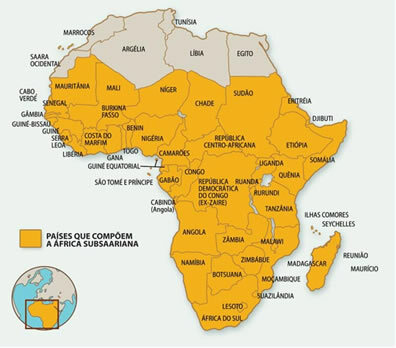As the blood is conducted through a (circulatory) system interconnected through the blood vessels, these need a strong cohesion between the cells that form them, so that they can efficiently transport the blood fluid that travels through the entire body dimension, carrying or collecting substances.
However, being a permeable system, providing properties that allow absorption and diffusion of elements (solute: ions, organic molecules and inorganic organisms) and even parasitic microorganisms (protozoa, bacteria and viruses) or some forms of invertebrates (larvae of nematodes).
In this sense, the lining of the vessels provides important functioning of the organism, whether in the distribution of elements that provide the dynamic reactions of homeostasis, or even providing protection through the simple physical impediment that hinders contamination and processes infectious.
Thus, the vessel wall (arteries, veins and capillaries) is formed by layers of cells and matrix intracellular, with particular characteristics in terms of resistance and effort on the surface of their structures.
Structure of Arteries and Veins:
Arteries and veins have three distinct tissue layers: internally they are made up of squamous (flat) cells joined by intercellular junctions. Adjacent to this layer, surrounding the cells, a layer of elastic and muscle fibers (smooth muscle) is formed. And more externally, the connective tissue (rich in collagen fibers) forms a third layer responsible for the maintenance and nutrition of cells.
A difference between arteries and veins is related to the dimension of the intermediate layer (smooth muscle and elastic fibers): thicker in the arteries and thinner in the veins, due to the pressure capacity due to the systolic contractions of the heart. In addition to the presence of valves in the veins, which do not allow blood reflux when blood returns to the heart.
By Krukemberghe Fonseca
Graduated in Biology
Brazil School Team
Animal Histology - Biology - Brazil School
Source: Brazil School - https://brasilescola.uol.com.br/biologia/a-estrutura-dos-vasos-sanguineos.htm

